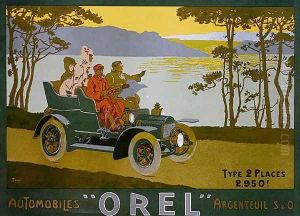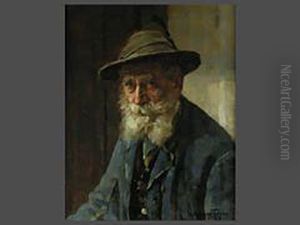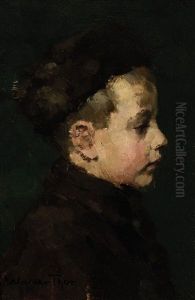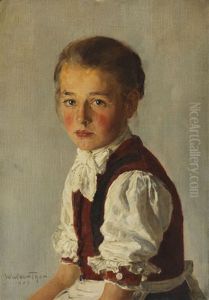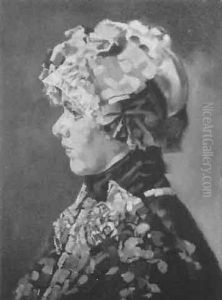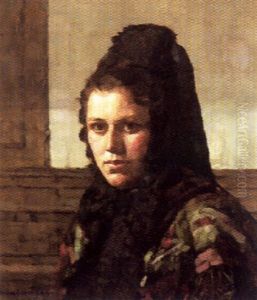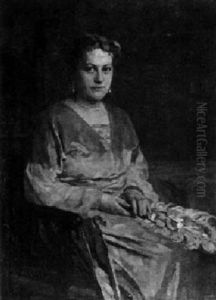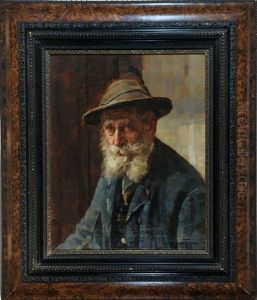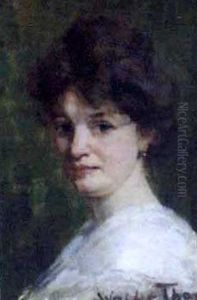Walter Thor Paintings
Walter Thor was a German artist known for his landscape and genre paintings, as well as for his contribution to the field of art during the late 19th and early 20th centuries. Born on October 7, 1870, in Altona, which is now a part of Hamburg, Germany, Thor developed an interest in art at an early age. His education and early career were marked by the traditional art training of the time, and he went on to study at various prestigious German art institutions.
Thor's work was primarily influenced by the natural beauty of the German countryside and the daily lives of its inhabitants. His landscapes often depicted the serene and bucolic settings of rural Germany, while his genre paintings captured moments of everyday life, reflecting a keen observation of social customs and the human condition. Though not as widely recognized internationally as some of his contemporaries, Thor's work was appreciated for its detailed realism and emotive qualities within his homeland.
Throughout his career, Walter Thor exhibited his work in various German cities and participated in several art competitions. His paintings were well-received, earning him a respectable place among German artists of his time. Despite the challenges of World War I and the changing art scene during the early 20th century, Thor remained committed to his artistic vision, which was rooted in a more traditional approach to painting.
Walter Thor passed away on December 30, 1929, in Munich, Germany. His legacy is preserved through his artwork, which continues to be held in private collections and occasionally appears in exhibitions dedicated to the period or region he depicted. Although he may not be a household name in the broader scope of art history, his contributions to German art of the late 19th and early 20th centuries provide a valuable glimpse into the era's cultural and aesthetic values.


